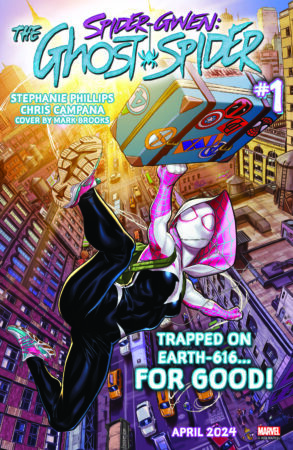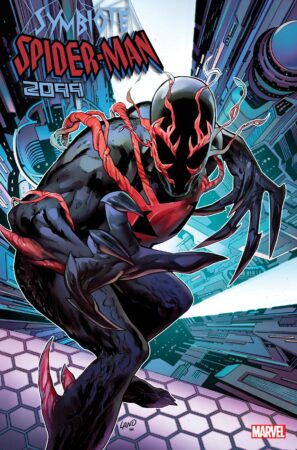Memoirs of a Man in Pajamas by Paco Roca
So the book today is all kinds of things – source of an animated romantic comedy , compared to Seinfeld, a new 2023 collection of the work of the cartoonist behind Wrinkles and The House . What it isn’t, though, is a single thing.
Memoirs of a Man in Pajamas doesn’t explain itself. But it collects Paco Roca comics in three sections and has three copyright dates – 2011, 2014, 2017 – which three sections are somewhat different in style and format and concerns. And it says, here and there, that these comics originally appeared in Spanish publications, I think always weekly, at those times.
I’ll note, here, that all of the reviews I’ve seen of it focus most tightly on that first section, making me wonder if Publishers Weekly and all the rest only flipped through the back half of the book.
The strips here feature a cartoonist, happy with his life as he hits forty and most enthusiastic about the fact that he works from his home in his pajamas. He is mostly Paco Roca himself, but there are a few strips here that make it clear that Roca intends the pajama-clad cartoonist as a fictional character: this is not a diary comic, it’s not trying to be true, and he implies that he’s taken stories from friends (other cartoonists, perhaps?) and adapted them for Pajama Man.
That’s most important in the first section, too, which is entirely single-pager slice-of-life stories about the cartoonist and his life. The second and third sections see Roca shift to two-pagers (with a few longer pieces here and there, particularly to open each section) – the second is mostly slightly deeper concerns about the cartoonist’s life, shading into larger issues, and the third section shifting in the other direction, mostly Pajama Man thinking about larger societal issues with a few this-amusing-thing-in-life pieces mixed in.
What’s notable is that none of this is personal. We see Pajama Man’s girlfriend consistently, but never learn her name or job or backstory. A small child appears midway through, also without a name. We see Pajama Man traveling to give talks about comics, but – except for a couple of sly references to Wrinkles – no one talks to him about specific books, nor do we see him working on comics. He’s just at a screen that we can’t see, working long hours like any other knowledge worker – again, this isn’t a diary comic, Roca doesn’t talk about tools or art supplies or styles or anything about the creative work.
The Seinfeld comparison is apt in an unexpected way: this is a packaged, fictionalized version of a life – turned into comedy for a particular purpose. It looks real, because that’s the way to make it work best. And that – Roca has Pajama Man complain a few times here – of course makes his readers think it is real, which is good (for the work) and bad (for Pajama Man, and presumably Roca speaking through him).
Man in Pajamas is denser and longer than you might think – the strips are wordy and discursive, and the book is over two hundred pages long. It’s all amusing, and much of the back half is deeper and more thoughtful than that, as Pajama Man grapples with capitalism and Spanish history and the modern world in general. Roca’s line is detailed and illustrative, but still fairly close to ligne clair – there are a lot of small panels here, and the type can get a bit small (I read it digitally), but Roca is a fine storyteller, even when the story he’s telling is “one guy sitting around, trying not to do anything.”
Reposted from The Antick Musings of G.B.H. Hornswoggler, Gent.





















